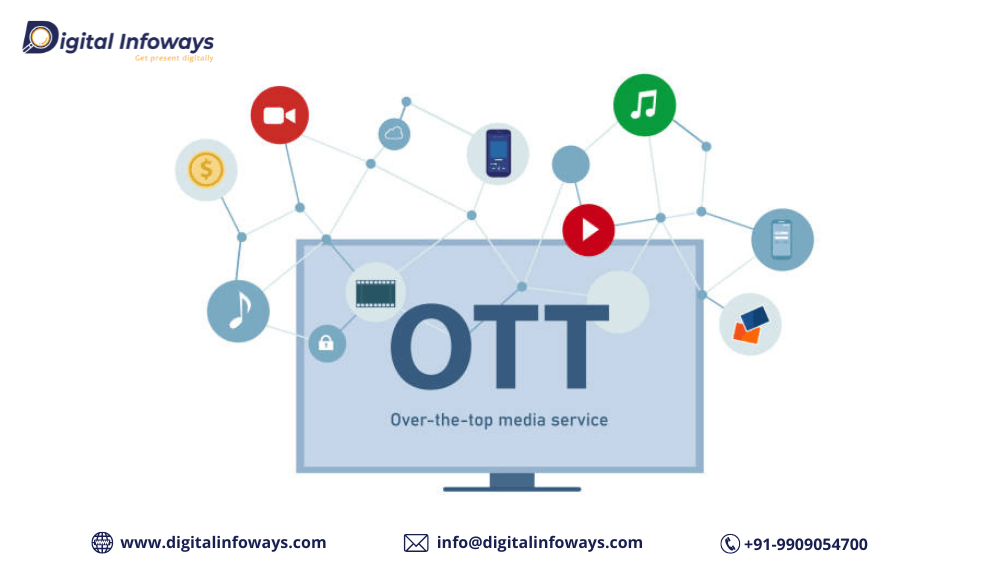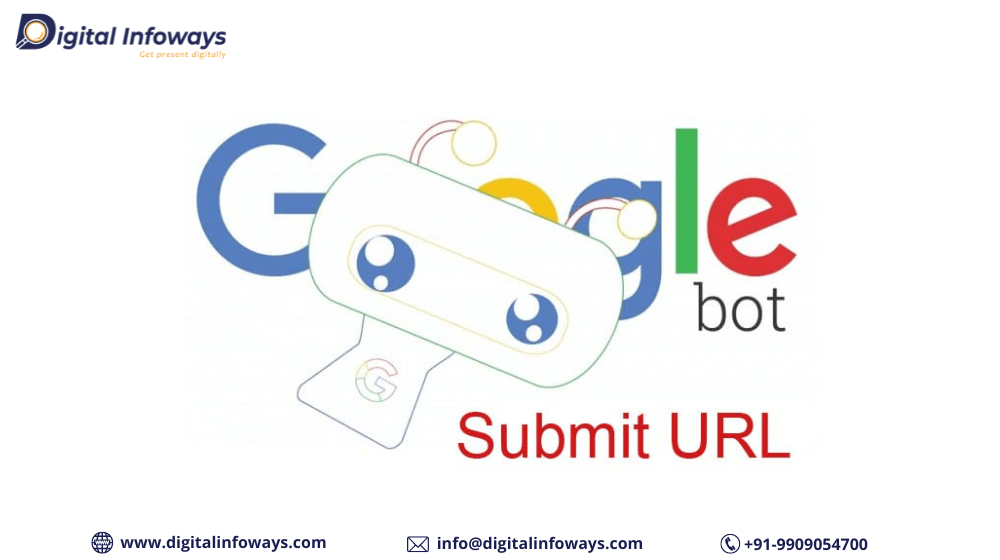OTT Advertising: What it is and Why are Brands Loving it?

Television has transformed a lot and so have the watching habits of the viewers. It will continue to evolve in the upcoming years, resulting in more changes in aspects of watching habits and advertising. Nielsen data in 2018 showed that 80% of the total adult population in the U.S used an app or website on their smartphones to consume content on a weekly basis. According to the survey, of the total time consumers spend using their TVs, videos streamed through OTT services account for 25%. The rise in viewership opens doors for marketers to advertise on OTT platforms. Similar trends can be noticed in India as well. As a result, brands are seeking the help of OTT advertising companies in India to reach out to their target audience.
What is OTT advertising?
The phrase “over-the-top” refers to the ability of ‘streaming companies’ to bypass TV providers. OTT services do not worry about a broadcast schedule or geographic limitations. Their viewers can access their content at any time of the day. This means, that digital marketing services in India can help their client brands reach a global audience.
The users usually stream content over multiple devices. As a result, OTT advertisements are required to be formatted to work well on different streaming devices; a smartphone, laptop, or TV. Brands can reach a smaller yet more targetted audience through OTT advertising which is not really possible for traditional broadcast advertising. Traditional broadcast ads are watched by everyone and that creates a chance for the brands to waste their resources. Since all this is not present in the case of OTT advertising, advertisers are usually drawn to this platform.
We might take the big names in OTT into consideration while discussing the best live TV streaming service, we should also be aware of the smaller, more niche OTT channels that are running their businesses online. As a matter of fact, anyone can create a video streaming app in the present day. This means the opportunities for marketers to advertise on more niche-based platforms are almost unlimited.
Why is this type of advertising trending?
OTT advertising delivers the ads directly to the viewers through various streaming devices and services. They can see these ads on their smartphones, laptops, tablets, TV, or smart TVs. This is why marketers are inclining more towards OTT advertising than traditional broadcast advertising strategies. Advertising on the OTT platforms can meet a wide variety of sales and marketing initiatives. This is because there are more opportunities to scale, measure, and do data-driven targeting in the online ecosystem. Thus, advertisers and brands can cut out waste and save their resources which will in turn help them accommodate their budget in a better way.
Here are some reasons why advertisers prefer advertising in the OTT ecosystem:
They can reach a more targetted, niche audience
Traditional TV broadcasting caters to a larger and broader audience. OTT services on the other hand can target a more specific, niche audience. Advertising on the OTT platforms can spend more on reaching their specific target audiences through the collection of data and placing the advertisement accordingly.
Read More: How to Advertise On Tik Tok and How Much Do Tik Tok Ads Cost?
OTT ads can increase engagement
Incorporation of OTT into a brand’s marketing mix can mean re-targeting the audience through OTT, audio ads, social media marketing services, the brand’s website, and more. Once the brands succeed in bringing the audience into their ecosystem, it can help increase the engagement rate from users across all the channels.
Advertisers can minimize ad spending waste
If advertisers use traditional media platforms such as television, they fail to reach out to their exact target audience. They reach out to a broader heterogeneous audience with their advertisements that may or may not include their target audience. To simplify, advertising in traditional media like television is like hitting a bullet at a target in a dark room. You might or might not hit the bull’s eye. However, advertising in the OTT ensures the advertisers reach out to their specific niche-oriented target audience. OTT advertising makes it more likely that their ads are only shown to the people who might be interested in the brands. This in turn helps stretch the marketing budget and dramatically reduce the spending waste of the brands.
A survey held in May 2020 showed that 70% of the respondents aged 18 to 34 years old stated that they were at that time subscribed to a streaming service. On the other hand, a mere 49% of the respondents aged 65 and above said the same thing.
In the same year, another data showed that the total ad spending for OTT platforms stood at $990 million. Increased growth is expected in the upcoming years where the projected data predicts the OTT ad spending in 2025 will stand at $2.373 billion. Thus, OTT advertising is growing at an exponential rate.
What are the best practices for OTT ads?
Advertisers who want to reach out to the OTT services must make sure their ads are relevant to their target audience. Here are a few guidelines that they can follow:
1. Keep the ads short
Many people skip OTT ads as soon as the “skip ad” button is displayed. Thus, the ads must be short and not longer than 30 seconds. A 15-second ad has better reach than a minute-long one.
2. Formatting matters
Advertisers must format their ads so that they are suitable for display across all streaming devices such as smartphones, laptops, tablets, or even TVs.
3. Relevant Ads
The ads must be relevant to the audience. A tiny amount of research on the ideal interest group makes a remarkable difference. Perhaps it is important to know the audience first to create a personalized experience that will end up building trust. This also gives a chance to higher the conversion rate.
FAQs
How does OTT advertising differ from Traditional advertising?
Traditional advertising allows advertisers to reach all viewers in a given market regardless of their personal interests. OTT advertising on the other hand can help target relevant ads to specific numbers of audience segments based on demographics and personal interests.
Read More: OTT App Development Cost: Features, Statistics, and More!
How is OTT advertising priced?
OTT ads are priced on the basis of CPM or cost per thousand impressions. This is very much in line with how virtually all other digital media price their ads. OTT contains different micro-actions and micro-metrics which help in putting together a more traditional ROI picture. They include things like video completion rate, interaction rate, attribution rate, and visit rate.
How is OTT advertising performance measured?
There are certain metrics using which OTT ad performance is measured.
A. Video Completion Rate (VCR), meaning the rate at which the users completed the video presented to them.
B. Attribution is about post-view visits. Once an ad is shown to a user, at what rate did they visit the website?
What is the percentage of consumers who skip OTT ads?
Many video ads give the audience the option to watch a 6-second to 30-second ad and then display the skip button.
How to tackle Ad Fraud in OTT?
Ad fraud has been talked about a lot lately. White Op is a tool that marketers use to prevent ad fraud from happening. Also, using server-side ad insertion (SSAI) helps eliminate ad fraud and ad blocking. It uses something called “ad stitching”. It seamlessly incorporates the ad into the viewing experience without having latency issues.
Companies are leveraging OTT ads to reach their target audience in more innovative and creative ways. OTT advertising can and must be taken up by brands as a part of their media mix and marketing strategy to engage with their target audience using meaningful and personalized strategies.





